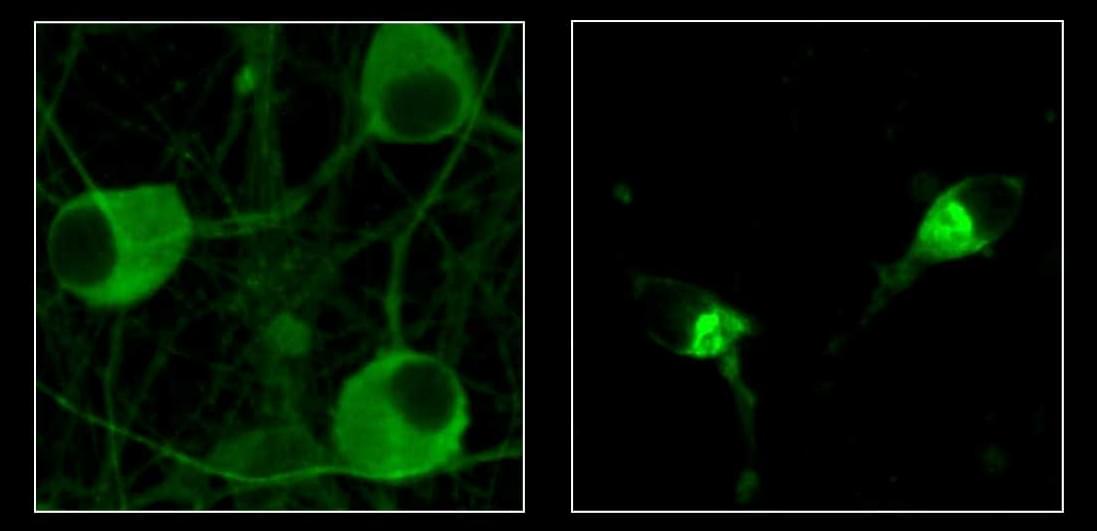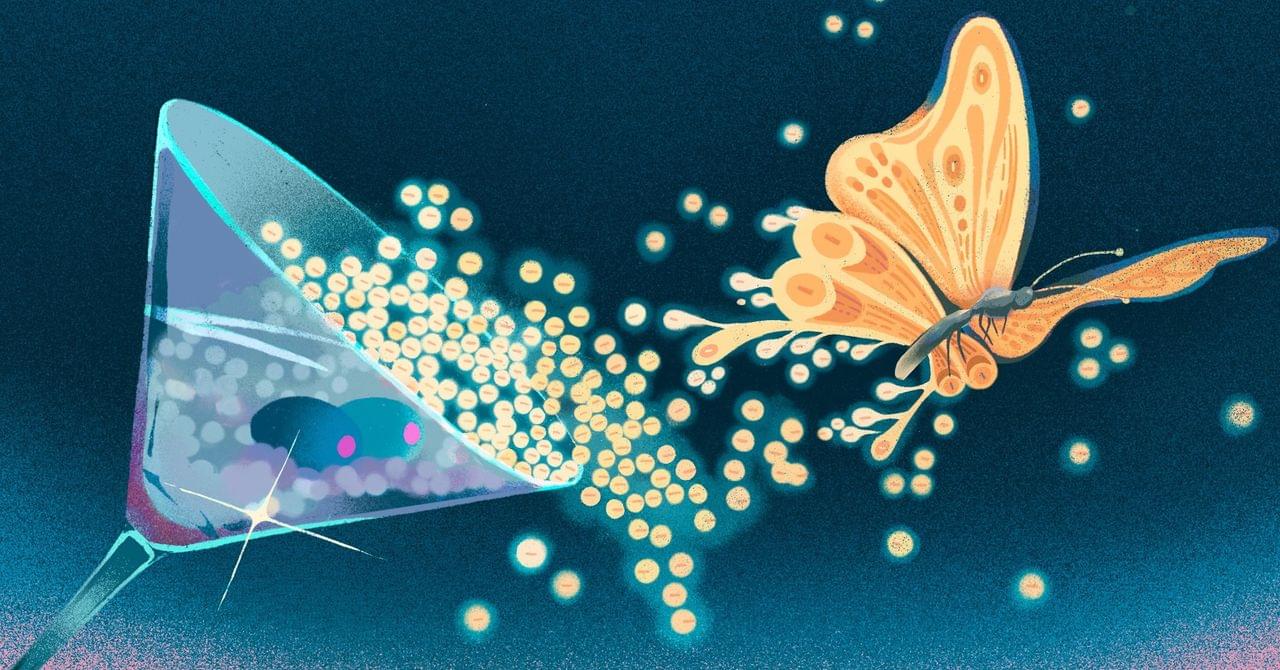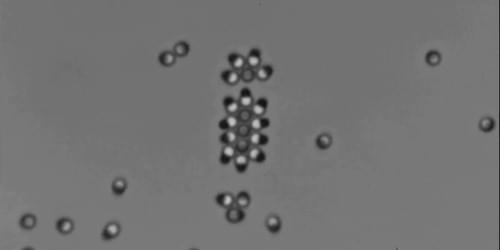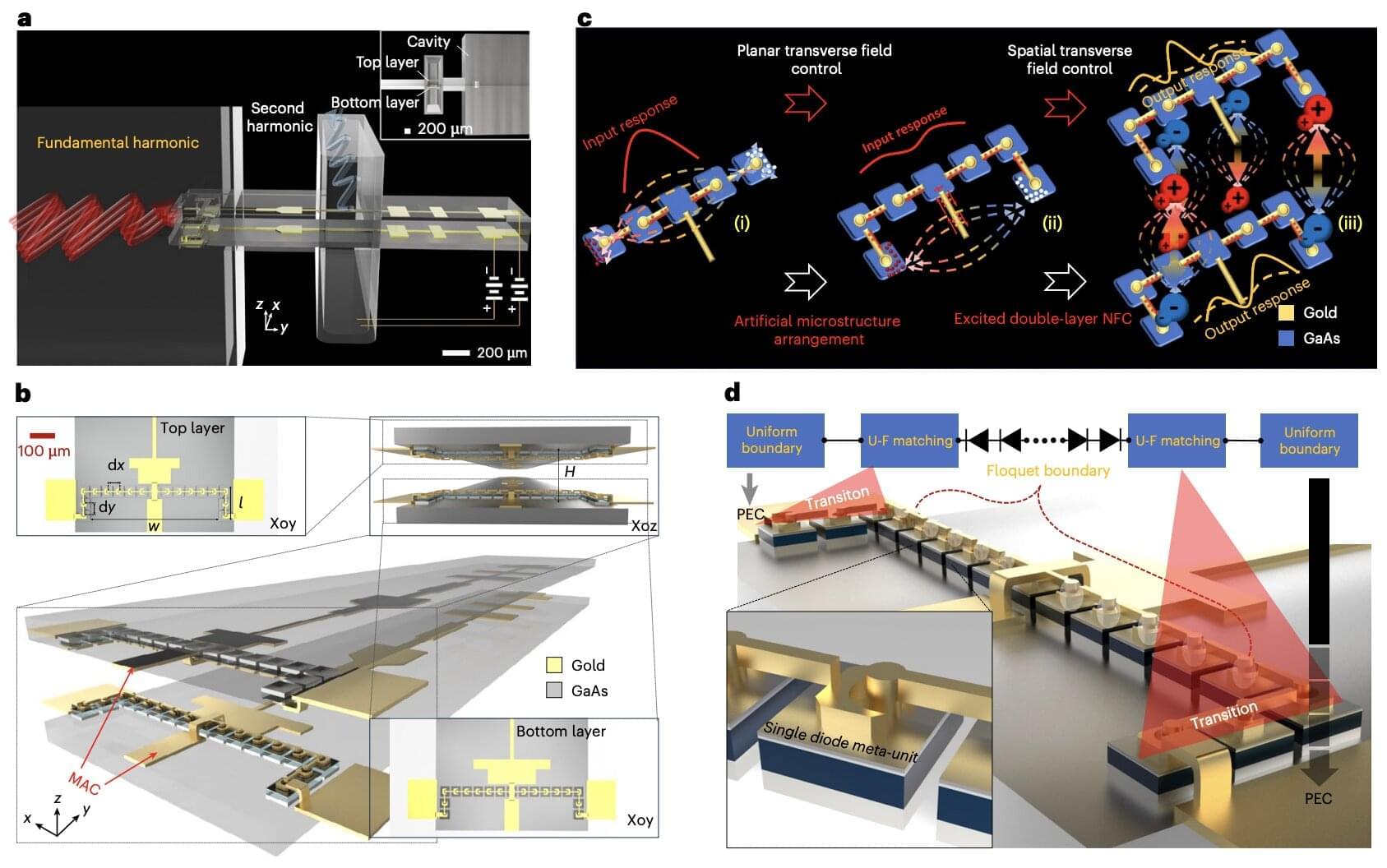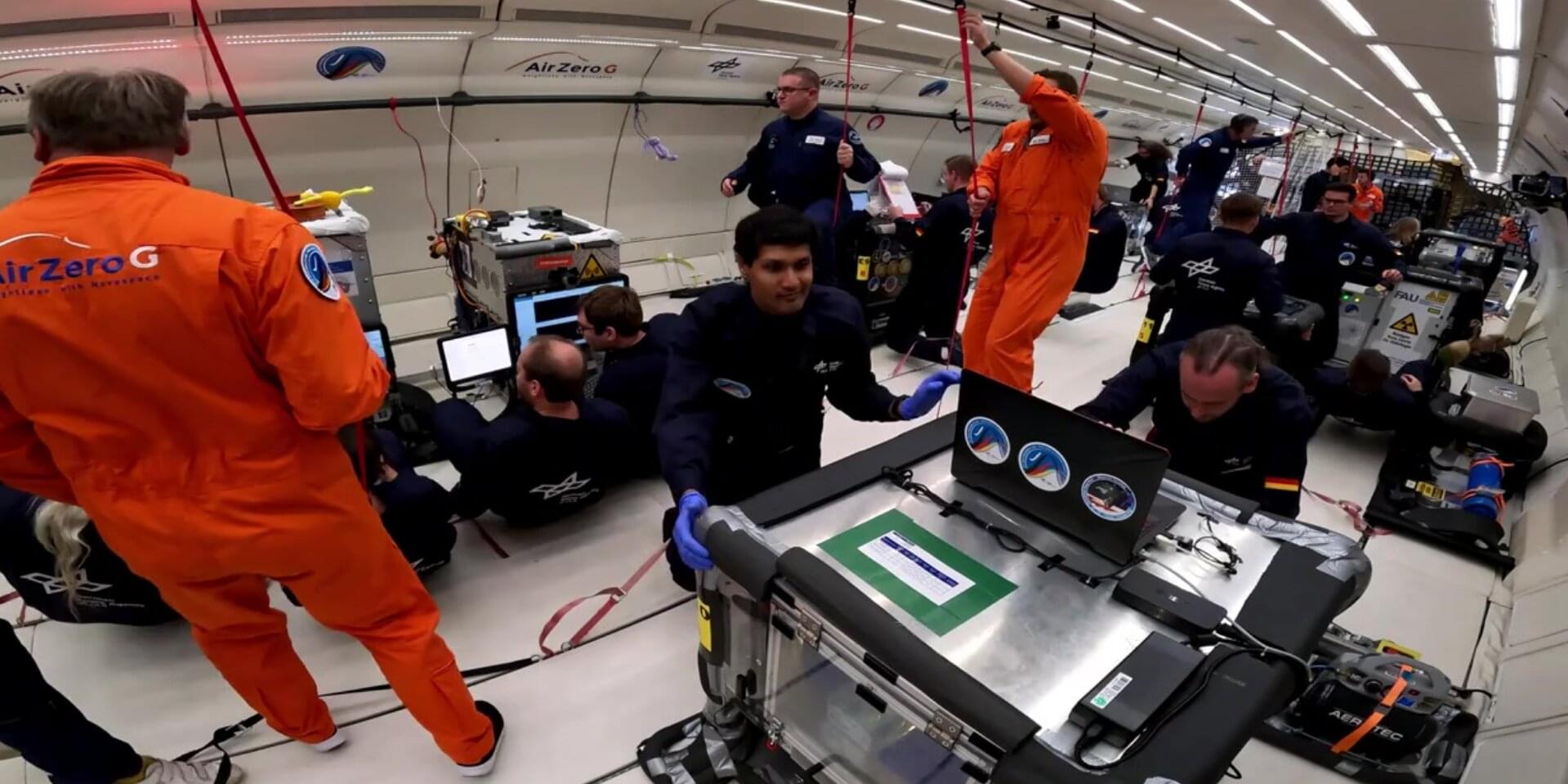—
What they discovered.
Kampmann’s work, supported by the National Institutes of Science (NIH), maps cellular “decision points” that determine whether brain cells survive or die — laying the groundwork for treatments that intervene before irreversible brain damage occurs.
Using CRISPR-based gene targeting technology that his team helped develop and pioneer the use of in brain cells, Kampmann has identified genes and cellular processes that influence the buildup of amyloid plaque and tau in the brain, two primary contributors to dementia. Thanks to this technology, called CRISPR interference and CRISPR activation, select genes in the laboratory can be turned on or off to protect brain cells from decline.
“We can conduct large-scale experiments that target all the genes in the human genome — 20,000 of them,” said Kampmann, explaining his work after receiving the Byers Award earlier this year. “And that way, we can basically have a little knob on each gene to ask which of all of the genes play a role in a disease.”
